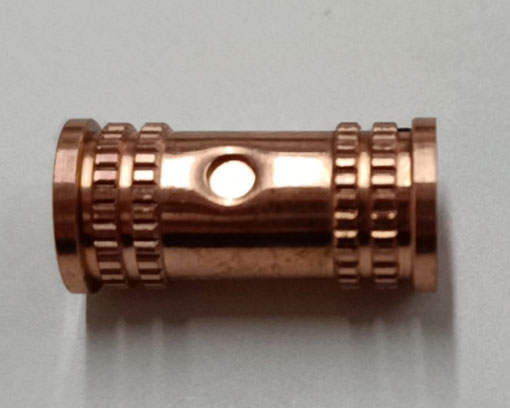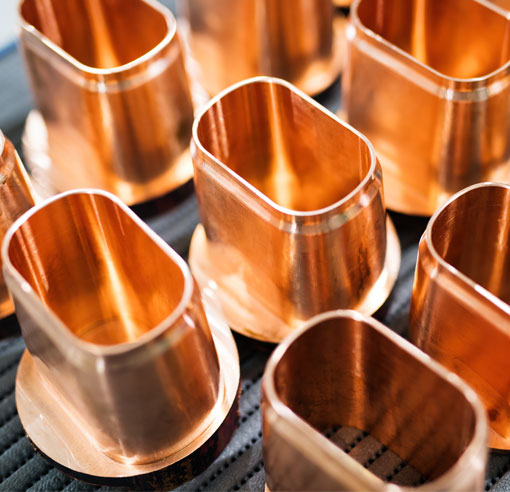Beryllium copper alloys, often referred to as beryllium bronze or spring copper, are known for their unique properties that make them ideal for various applications such as electrical contacts, springs, and high-strength, non-sparking tools. With their excellent electrical and thermal conductivity, high strength, and impressive resistance to corrosion, these alloys have become a popular choice in industries such as aerospace, electronics, and oil and gas. However, machining beryllium copper can be a complex process that requires a thorough understanding of the material's characteristics and the right techniques to achieve the desired results. In this blog post, we will explore the key aspects of machining beryllium copper alloys and provide practical tips to help you optimize your machining process.
Understanding Beryllium Copper Alloys
Beryllium copper alloys are a group of copper-based materials that typically contain 0.5% to 3% beryllium by weight. The addition of beryllium to copper significantly enhances the alloy's mechanical properties, such as strength, hardness, and fatigue resistance. Beryllium copper alloys can be divided into two main categories based on their beryllium content and heat treatment process:
1. High strength beryllium copper alloys (also known as high beryllium alloys) contain 1.6% to 2.0% beryllium and are heat-treated through a process called age hardening. These alloys offer the highest strength and hardness among all copper alloys and are commonly used in applications that demand high wear resistance and strength.
2. High conductivity beryllium copper alloys (also known as low beryllium alloys) contain 0.2% to 0.7% beryllium and are heat-treated using a process called solution annealing and precipitation hardening. These alloys provide a unique combination of high electrical and thermal conductivity, along with good strength and hardness, making them suitable for applications that require efficient heat dissipation and electrical conductivity.
Machining Considerations for Beryllium Copper Alloys
When machining beryllium copper alloys, several factors must be considered to ensure a successful outcome. These factors include the material's work hardening tendency, chip formation, and the potential health hazards associated with beryllium exposure.
Work Hardening
Beryllium copper alloys have a strong tendency to work harden during machining operations. This can result in rapid tool wear, increased cutting forces, and poor surface finish. To minimize work hardening, it is essential to use sharp cutting tools, maintain a consistent feed rate, and avoid excessive cutting depths.
Chip Formation
The formation of continuous, stringy chips during machining can lead to poor surface finish, tool wear, and potential safety hazards. To promote better chip formation and breakage, it is necessary to use cutting tools with proper geometries, such as positive rake angles and chip breakers. Additionally, using high-pressure coolant systems can help flush away chips and reduce heat generation at the cutting zone.
Health Hazards
Beryllium is a toxic element, and exposure to its dust, fumes, or vapors can lead to serious health issues, including chronic beryllium disease (CBD) and lung cancer. To minimize the risk of beryllium exposure during machining, it is crucial to implement proper safety measures, such as using wet machining techniques, maintaining adequate ventilation, and wearing appropriate personal protective equipment (PPE).
Tips and Techniques for Machining Beryllium Copper Alloys
To achieve optimum results when machining beryllium copper alloys, consider the following tips and techniques:
1. Select the Right Cutting Tool Material: Carbide cutting tools are generally recommended for machining beryllium copper alloys due to their superior wear resistance and ability to withstand high cutting temperatures. However, high-speed steel (HSS) tools can also be used for low-volume or short-run applications.
2. Optimize Cutting Parameters: To minimize work hardening and tool wear, it is essential to choose the appropriate cutting speed, feed rate, and depth of cut. As a general guideline, lower cutting speeds and higher feed rates are recommended for high-strength beryllium copper alloys, while higher cutting speeds and lower feed rates are suitable for high conductivity alloys.
3. \\Use Proper Tool Geometry













